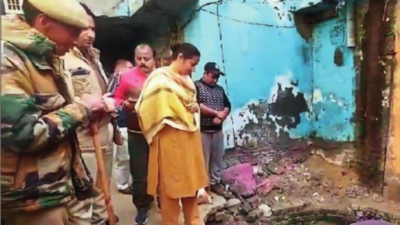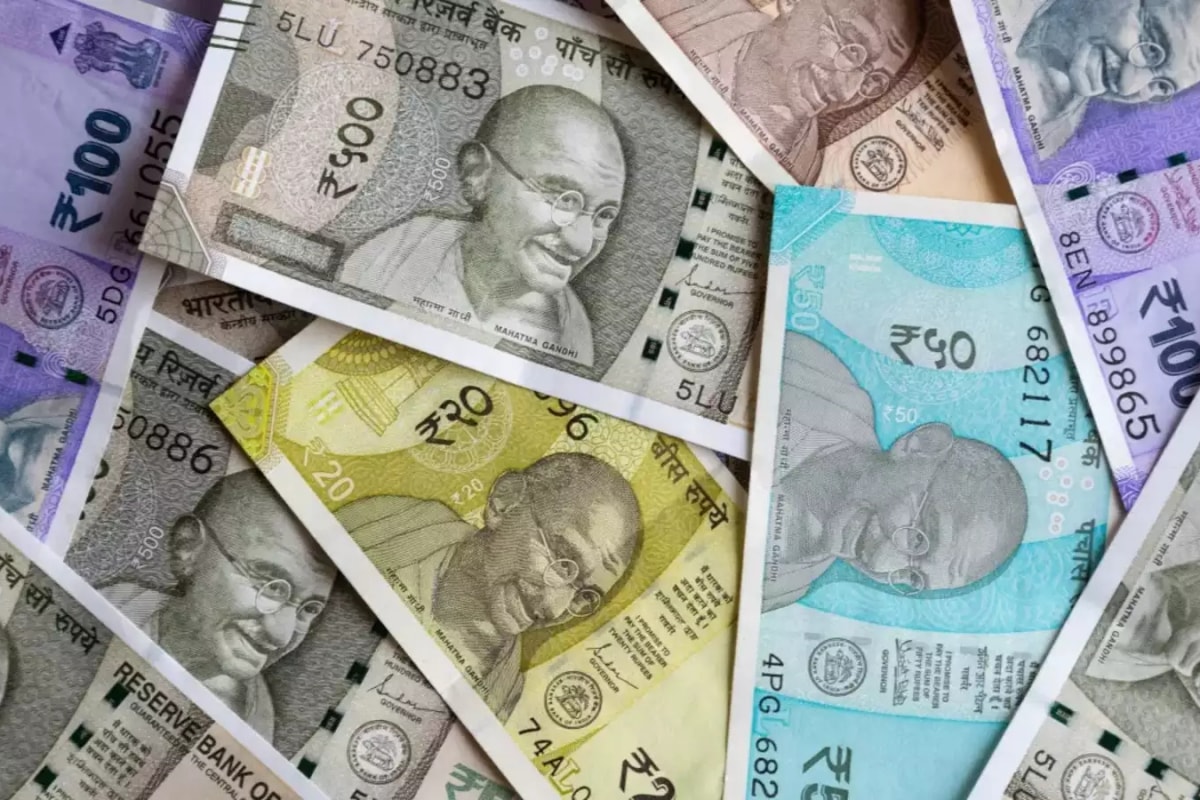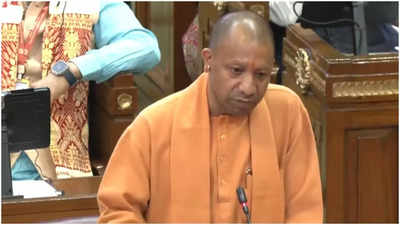
In 1861, the British Raj had an epiphany. To better assert their control over the Indian population, they felt they needed to know more about the region’s history and culture. This, combined with the passion of a young army engineer named Alexander Cunningham for mapping and restoring India’s historical remains, led to the establishment of the Archaeological Survey of India ( ASI ).
Cunningham went on to become its first head. The ASI, which holds guardianship of over 3,600 monuments across the nation today, was initially tasked with preserving historical landmarks as well as studying the history of the Indian subcontinent through archaeological discoveries and excavations. In later years, its role expanded to include boosting India’s image as a prime tourist destination with vast historical assets.

Of late though, ASI has waded into fraught terrain by investigating contentious claims that ancient mosques were built over pre-existing Hindu temples. The most recent is Sambhal where ASI is conducting surveys in the Shahi Mosque vs Harihar Mandir case. Last month, it submitted a report saying it had found evidence of a temple at the Gyanvapi mosque complex in Varanasi.
While the survey on the Shahi Idgah mosque in Mathura has been put on hold by the Supreme Court, the ASI has been directed to conduct surveys and excavations following a petition claiming a temple exists below the famed Ajmer Sharif. As ASI lines up archaeologists, surveyors and field experts to dig deep into each case, it also raises questions as to whether the custodian of monuments has lost its original focus on protecting cultural heritage, and become more aligned with resolving centuries-old religious disputes on the pretext of archaeological research. As temple-mosque disputes rise, archaeology becomes a minefield Most ASI officials declined to comment, saying it was a politically and legal ly sensitive issue.
“ASI’s role is to discover the truth. We are not driven by any local or political pressure. Our job is to explore archaeological evidence in the disputed sites and present our findings to the courts.
Excavations have always been a mandate of ASI and well within our designated purview,’’ says an ASI official. However, some archaeology officials who spoke on condition of anonymity stressed the importance of ASI maintaining its secular image and felt it should not become involved in religious disputes. Former ASI director K N Dixit , who was recently honoured with the Padma Bhushan for his contribution to archaeology, was of the viewpoint that history should never be influenced by politics, a perspective shared by many officials of the organisation, former and current.
Dr B R Mani , senior archaeologist, former ADG, ASI, and currently DG, National Museum, observed that avoiding an ideological and communal battle between Hindu and Muslim stakeholders is a tricky task. “Ultimately, you can’t please both contesting parties, and this is where ASI’s role becomes crucial. ASI is a government body and any verdict delivered by them on a disputed site becomes the official mandate.
So, one has to be careful to ensure the powers of ASI are not misused on the behest of any faction,’’ he says. Mani pointed out that the Ayodhya case set a precedent. “The Ayodhya case should ideally have been treated as an exception, but now all courts are asking ASI to do similar archaeological excavations in other disputed religious sites.
Resolving religious disputes was never the mandate of ASI, but when the courts give directions to carry out surveys at these sites, ASI has to follow,’’ he says. Alok Tripathi Silchar, who led a team of surveyors to examine whether Gyanvapi mosque was built on the remains of a demolished temple, was also clear. “The survey has been done in compliance with court orders.
There can be no other interpretation and we do not comment on legal issues,’’ he says. Within ASI, there are differing views on the controversial excavations in the current political climate. The more popular view is that archaeological excavations at any site (religious or not) will yield new findings which can be an asset to the nation.
The contrary view is that almost every Indian structure has layers of history associated with it and excavations should take that into account. “At one time, the country was a majority Hindu civilisation. Then Islamic rulers started to invade the Indian sub-continent and brought their own beliefs, philosophy, and teachings.
There was widespread destruction of temples across the country and they built their own structures over them. This has been widely documented in many instances. But at the end of the day, all such relics, irrespective of when they were constructed, are a part of Indian history.
So, which chapter of history do we want to preserve,” asks an official. A number of archaeologists and historians also wonder why ASI is no longer prioritising excavations at historically rich places like Rakhigarhi or other sites of Harappan and Indus Valley civilisations. Conservation work is also suffering, they say, with the ministry of culture itself admitting last year that over 50 monuments had gone missing.
“The focus now seems to be primarily on excavating sites of Islamic structures to prove the existence of temples. Where does it end? There is documented proof that World Heritage Site Qutub Minar was built on the ruins of 27 temples. Are we ready to revisit history here as well,’’ asks an expert.
In fact, cultural appropriation began in the Indian sub-continent long before the arrival of Islam or Hinduism. “India had a rich Buddhist history before the arrival of Hindu kings. Some believe that notable sites like Jagannath temple in Puri were built over Buddhist and Jain sites.
There may or may not be archaeological evidence, but can we go on excavating every historic structure to find what predates it? At some point, we need to accept history as it stands today,’’ says a historian, requesting anonymity. Historian Swapna Liddle said the problem was not surveys but the motives behind them. “The purpose of archaeological excavation or any kind of scientific investigation is to further our knowledge and understand the site and the history.
It is always done with an open mind. But it becomes problematic when these investigations are done with a preconceived notion. If we are not open about our motivations, then what are we even doing,” asks Liddle.
She gave the example of Delhi’s Purana Qila monument, which is widely believed to be the original site of ancient Indraprastha. “There is an incessant need to prove it is there, despite no concrete evidence unearthed after decades of excavations. How long will we keep digging?’’ says Liddle.
Reacting to the archaeological surveys at disputed mosque sites, conservationist AGK Menon questioned what purpose they served. “As per my understanding, these recent court-ordered surveys are in contravention of the Supreme Court’s Ayodhya verdict, which clearly stated that you cannot disturb any existing place of worship anymore. But what’s been happening of late is setting a dangerous precedent,” he says.
The recent SC order may have put a temporary pause on new pleas for excavations but there is no telling what the future might dig up. Stay informed with the latest India news, updates on public holidays , and bank holidays in March ..















